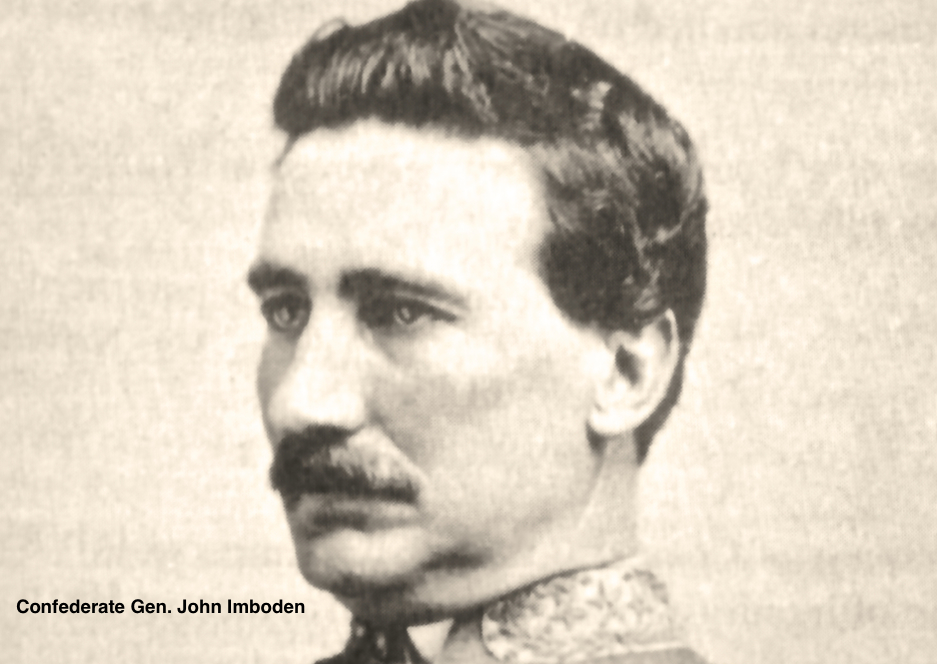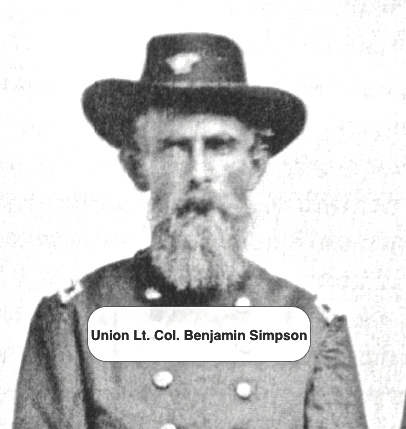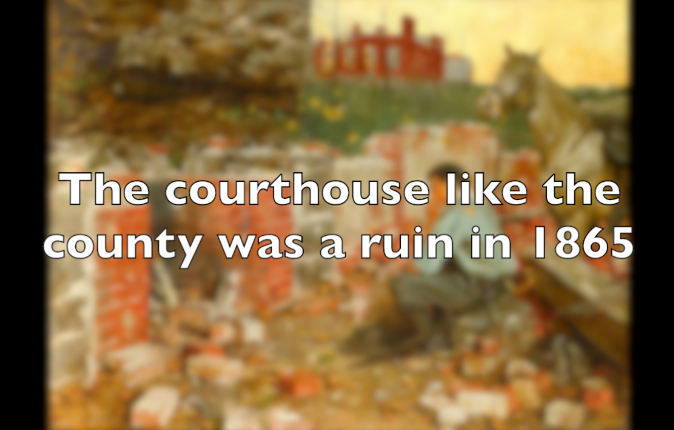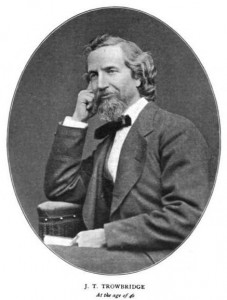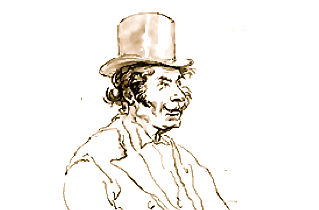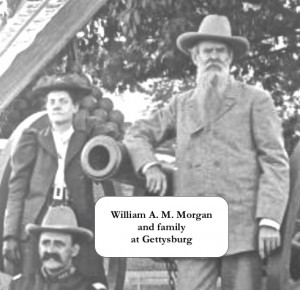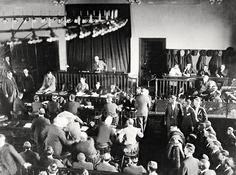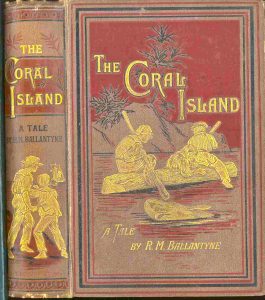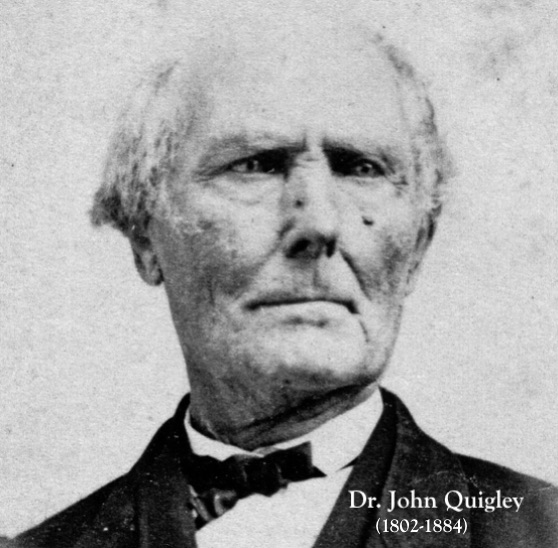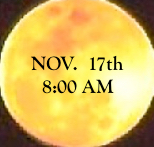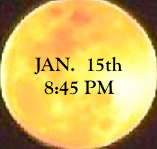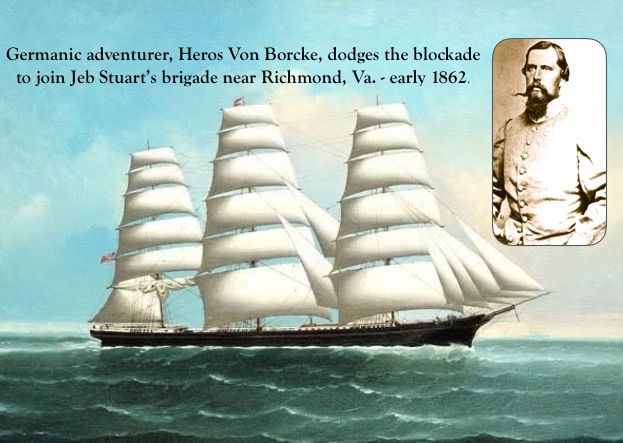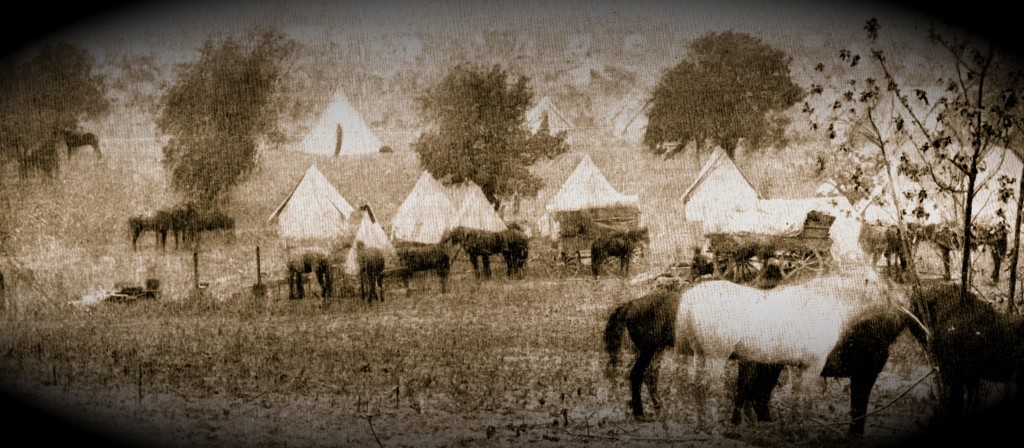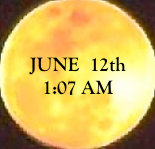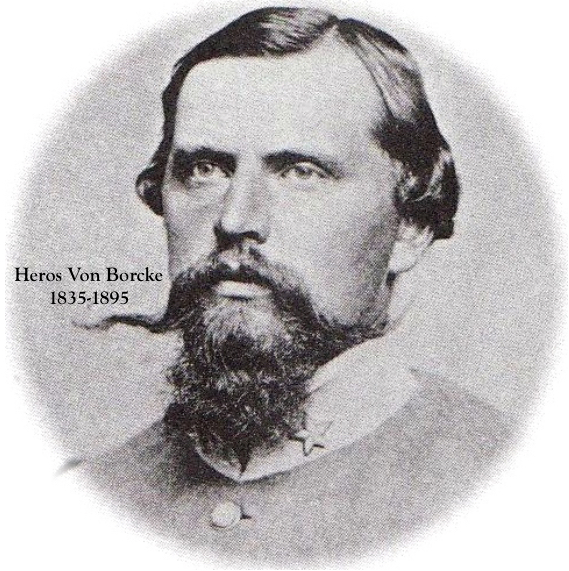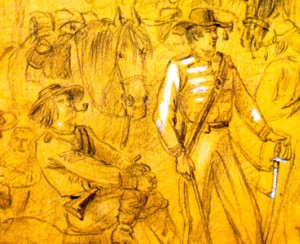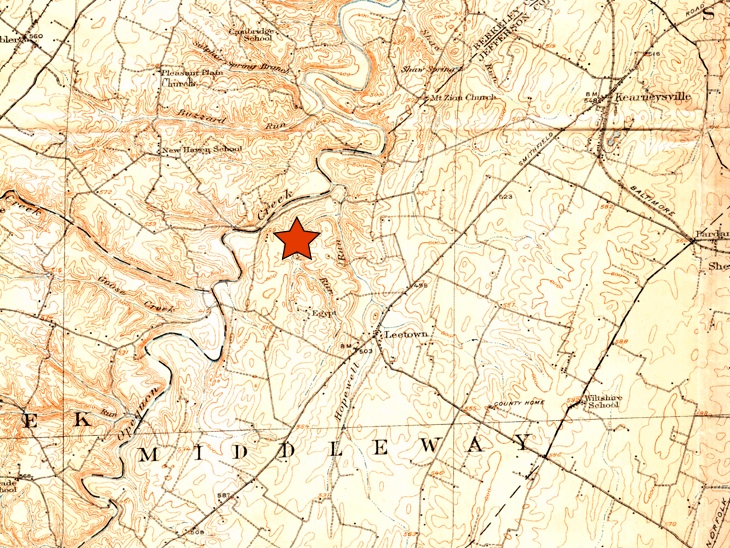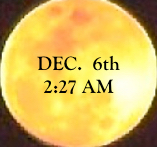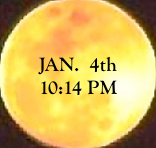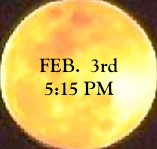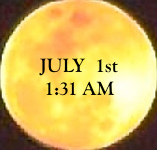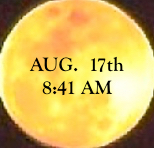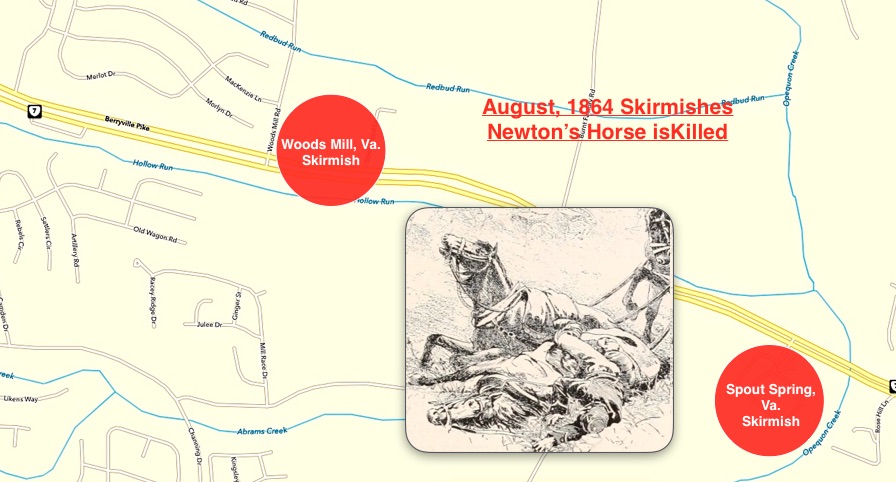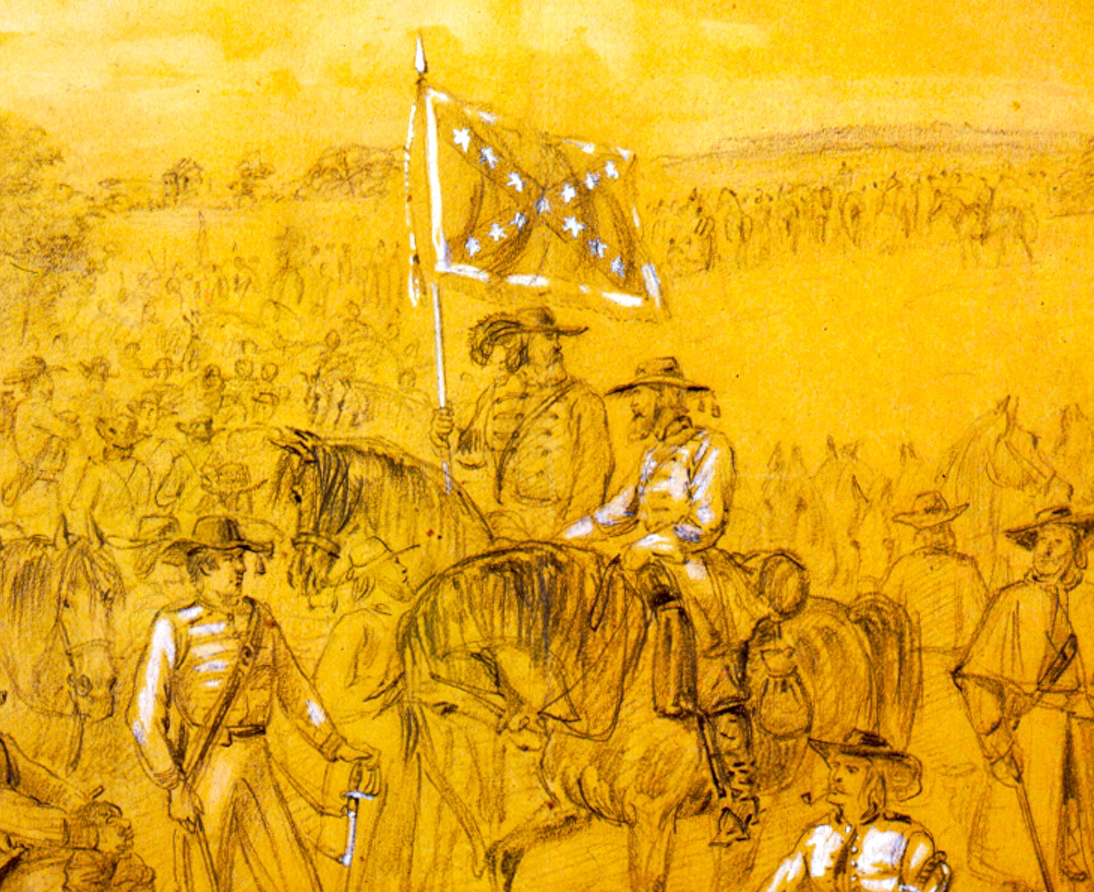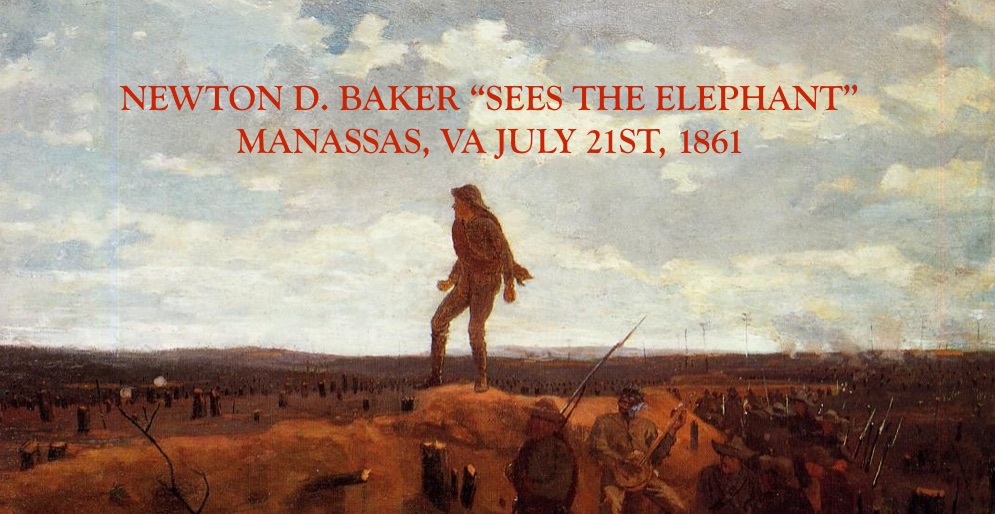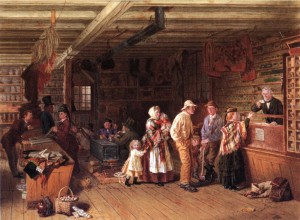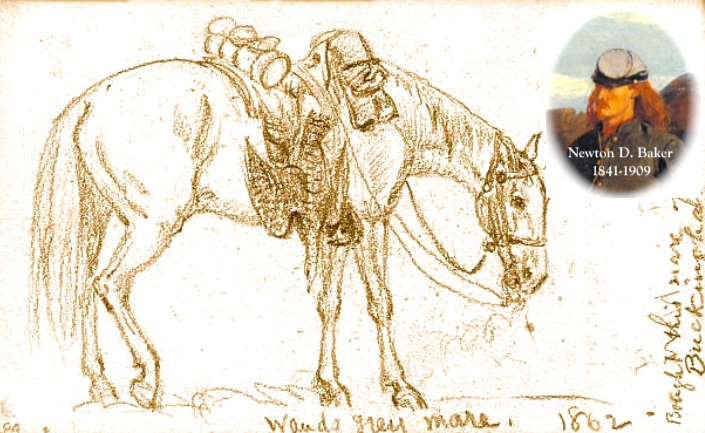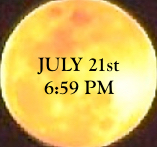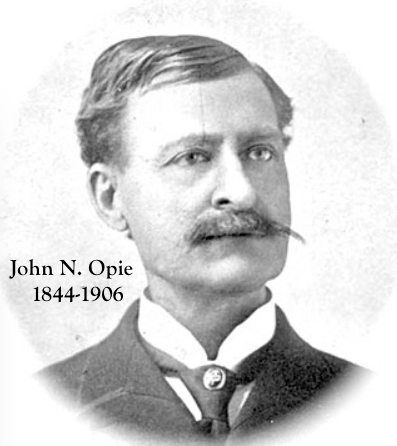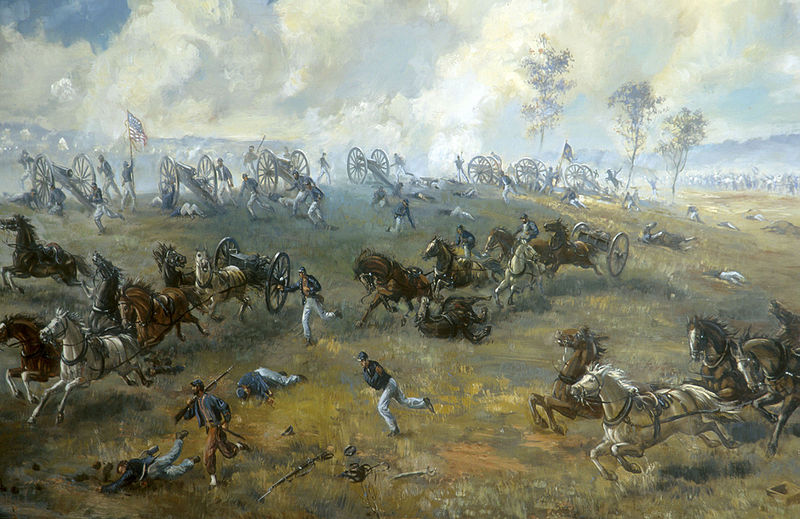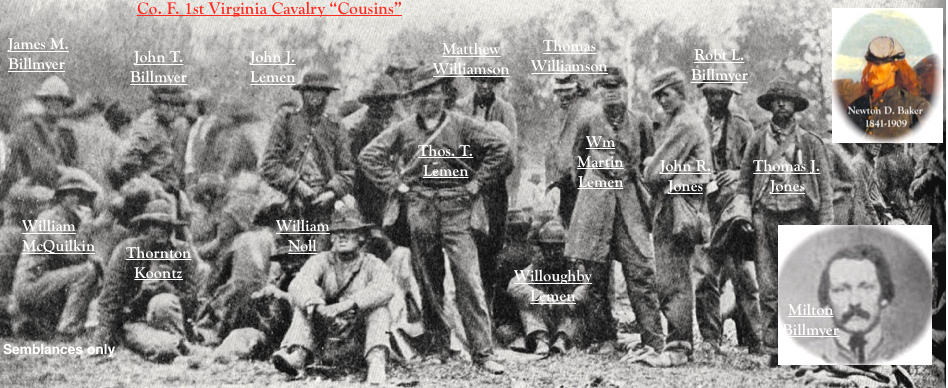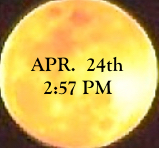by Jim Surkamp on September 15, 2014 in Civilian, Confederate, Jefferson County, Union, Wartime
The Showdown of Harry Gilmor and “Dent” Summers – October 7, 1863, Summit Point, WV
VIDEO: The Showdown of Harry Gilmor and Dent Summers Oct., 1862 by J.Surkamp. Click Here. TRT: 24:48
Flickr Set: Click Here. 39 images.
Made possible with the generous, community-minded support of American Public University system, offering a quality, affordable, online education. Interpretations in civilwarscholars.com videos and posts do not in any way reflect modern-day policies and positions of American Public University System. More. . .
(Harry Gilmor:) Settling myself in the saddle, I dashed in among the blue jackets, cutting and thrusting right and left, and parrying a blow when necessary.
(George D. Summers:) “Here they are boys by God, we’ve got them now!”
(Aquilla S. Gallion:) “Come on you da*ned rebel, I’ll soon fix your flint.”
(Union man:)
We met a man whom I knew to be a Unionist, but, expecting to capture the party ahead of me before they could reach Charlestown in my rear, I let him pass. What a change it would have made in subsequent events had I taken him along with us!
Summary:
How Confederate Marylander Harry Gilmor, who once bragged he “shot apples off the heads of my friends,” went looking for trouble that Wednesday, October 7th, 1863, venturing to Charlestown, recently made WEST Virgina, trailing about 20 Federal cavalrymen across the countryside to Smithfield (also called Middleway), then hi-tailing back to Charlestown chasing these Federals on their return to their camp. Then, having been thwarted, and giving up the chase and retiring to a spring near Summit Point, Gilmor suddenly finds his men attacked by another, larger Federal cavalry force coming from the other, western direction. The result: a fierce battle in front of the White House Farm near Summit Point. Gilmor finds himself face-to-face with another, equally brave cavlaryman, George Denton, nicknamed “Dent” Summers, who was charging right at him.
Chapterettes:
1. The Hunt Begins;
2. The Union Man Gilmor Let Go Sounds the Alarm in Charlestown, Prompting Col. Simpson to Send For Help;
3. Gilmor’s Men Race, But Fail To Block the Federals From Getting Back Into Charlestown;
4. Gilmor’s Men Retreat Back to White House Farm Near Summit Point. They Don’t Know That a Second Cavalry Force Was Already In The Land Looking for Them, Commanded By Capt. George “Dent” Summers;
5. “Dent” Summers Last Stand;
6. Gilmor’s Getaway
1.The Hunt Begins:
When Gilmor’s cavalry moved towards Charlestown early on October 7th, 1862, Federal picket lines, commanded by Col. Benjamin Simpson of the 9th Maryland Infantry, encircled Charles Town.
Gilmor describe what happened, in his postwar book beginning October 6th. Gilmor road a stately black horse he captured in Pennsylvania. When they camped, kept his bloodhound about to signal approaching strangers while he slept wrapped up in a thick baggy-style English robe.
Gilmor wrote:
I camped in the woods on William Washington’s place, and, being determined not to go back without some game, sent scouts to watch the road leading out of Charles Town. I had not slept more than two hours when I learned that cavalry had gone up the road leading to Smithfield. The men were soon mounted, and, striking out across the country, we got into the road in the rear of this squad, and followed on their trail to Smithfield.
Middleway Pike facing west, about halfway
@39.3035897,-77.9176457,17z
2. The Union Man Gilmor Let Go Sounds the Alarm in Charlestown, Prompting Col. Simpson to Get Help:
Gilmor:
Soon after reaching the turnpike we met a man whom I knew to be a Unionist, but, expecting to capture the party ahead of me before they could reach Charles Town in my rear, I let him pass. What a change it would have made in subsequent events had I
view from hill
@39.305276,-77.970917,3a,90y,261.2h,90t
taken him along with us! We continued at a trot until we gained the hill immediately above Smithfield, when I closed up the column, drawing sabres, charged into the town, expecting to find the enemy there; but to my chagrin, learned that they had passed through without halting, taking the road to Summit Point, and were now a considerable distance ahead.
road from hill view from town
@39.305597,-77.982258,3a,75y,5.27h,90t
3. Gilmor’s Men Race But Fail To Block the Federals From Getting Back Into Charlestown:
Gilmor:
I followed on at a good swinging trot, with four or five well mounted men in advance, until we got nearly to Summit Point, when my scouts returned, saying the enemy had passed through that place also a short time previous, and were now on the road back to Charles Town.
view approaching Summit Point
@39.263369,-77.966048,3a,75y,124.94h,90t
My horses were by this time much jaded, and some hardly able to keep up; still, determined not to abandon the enterprise, I struck across the fields, hoping to cut them off before they could reach Charles Town. In this I did not succeed; but three of my men ran into their rear guard just as they were entering the place. One of them, Charles Forman, was captured.
(Seventeen-year-old Charles O. Foreman, of Company A, the Virginia 12th Cavalry, lived in 1860 in Jefferson County, VA. in the household his parents, 61-year old farmer, Jacob, and 51-year old Eliza, with two sisters and a brother. He would be exchanged the following May).
I dismounted half my men, put them in position, and tried to draw out the enemy, but they had their own plan in view, and refused to follow. This made me rather suspicious, so putting twelve men under Captain Blackford as a rear guard,
Facing Charlestown on Route 51 approaching Davenports’
@39.289699,-77.883774,3a,75y,105.16h,90t
4. Gilmor’s Men Retreat Back to White House Farm Near Summit Point. They Don’t Know That a Second Cavalry Force Was Already In The Land Looking for Them, Commanded By Capt. George “Dent” Summers:
Gilmor:
I started for Summit Point and camp. I had reached the “White House,” owned by Mr. Morrow, two miles from Summit Point, had halted to let the men dismount and get water from the large spring about fifty yards off, and was the only mounted man left in
the road. I had ridden up to the yard fence, and was talking to the ladies, when I heard a voice exclaim, “Here they are boys by God, we’ve got them now!” At the same instant a bullet whistled through a lilac bush between the ladies and myself.
I wheeled around and saw the head of a cavalry column on the rocky hill above, and between me and Summit Point. Here was a perilous position. Seeing only the first section of fours, I knew not how many were behind them. I could not retreat, and therefore determined to make the best light possible under the circumstances.
5. “Dent” Summers Last Stand:
(27-year-old George Denton Summers enlisted near his home in Hancock, Maryland in 1862. He lived with his widowed mother, Mary, and his younger siblings: Nathaniel, Alice, Elizabeth, Sarah, and Levi).
Gilmor:
I ordered ten of my men who had carbines to get behind the ruins of an old stone stable, and fight them to the last. Seeing my horses without their riders, the others thought we were apprized of their coming, and had prepared an ambuscade; and though Captain Summers, whom I recognized, begged, implored, and cursed them, they would not charge, but stood still on the hill, popping away at us with their carbines. One of my men Ford, from Baltimore came up with a rifle and putting his hand on my thigh, asked what he should do. I told him to get behind the stone wall, and take a good aim every time he fired, “all right,
Major.” Just as he spoke the word a ball pierced his head, killing him instantly. At that moment Captain Summers. who I must say was a brave man, spurred his horse down the hill, and engaged me with his pistol, firing wildly, for I saw he was much excited. I reserved my fire till he came within twenty paces, steadied my horse with the bit, took a long sure aim, and Summers fell from his horse. The ball entered the side of his nose, and came out back of his head. By this time nine of my men had mounted, and, as the sharpooters had been doing good work.
(Lieutenant James McIntire, who joined up barely ten days before without even being mustered in formally, was killed by Gilmor’s men).
Gilmor:
I thought I could risk a charge, but it was unnecessary to give the order, for I heard Reed or Bosley say, “come, boys it’s a shame to leave the major there by himself;” and by the time I had returned the pistol and drawn my sabre, the boys were at my
side, so on we went. When we gained the hill top, I saw, to my amazement, that there were about sixty before me, but, as there was a good post and rail fence on either side, they could show no more front than my ten men. To whip the foremost was to whip
all. As I passed by the stone stable I ordered the rest to mount and follow. Captain Summers was lying across the road. I was
obliged to jump my horse over his dead body; four others lying near were either dead or wounded. Settling myself in the saddle, I dashed in among the blue jackets, cutting and thrusting right and left, and parrying a blow when necessary. They were from Michigan and Maryland, and for a while fought well.
Gilmor then saw who was most likely 46-year old Lt. Aquilla S. Gallion, who came from Harford County, Maryland:
Observing an officer fighting like a Turk and cheering his men on, I made for him. He was a man of my own size, wore a very heavy beard, and looked, I thought very savage as he yelled out, “Come on you damned rebel, I’ll soon fix your flint.” This promised good sport. I closed with him, making a powerful front cut, which he parried, and at the same instant made a right cut at my neck. By bringing my sabre down in time, my side caught the blow.
Now I had the advantage. Quick as a flash I cut him across the cheek, inflicting a large gash, and he fell to the ground. I gave him in charge of one of my men, and then followed after my first ten, who had pushed the column back two hundred yards while the lieutenant and I were busy with our affair. The latter soon after escaped by jumping a stone wall and running into a thick woods.
White House Farm
39° 15′ 5″ N, 77° 56′ 45″ W
39.251389, -77.945833
6. Gilmor Gets Away:
We soon got them on the run, nor did we give them time to stop and reform until they had passed through and beyond Summit Point.
Summit Point intersection where the chase, either continued to the east over the railroad track or south towards the Virginia border.
@39.25139,-77.955602,3a,75y,270h,86.31t
We had taken eighteen prisoners, and were unable to pursue them farther until my men had come up, for the federals had formed and turned upon the two or three men who were still in pursuit, but by the time they had pushed these back again to Summit Point I had dismounted ten or fifteen men, who easily checked them. We charged again, took five more prisoners, and the rest made their escape. After collecting my prisoners and men, I left by a private route for the Upper Valley, with twenty three prisoners and twenty nine horses, leaving four of their dead and three wounded on the field. My loss was one man killed, three wounded, and one taken prisoner.
Of Gilmor’s prisoners, three would die the following summer of diarrhea at Andersonville prison in Georgia, noted for its
unhealthy conditions. Nineteen-year-old William Duckwall from Pierce town, Clermont County, Ohio, is buried at Andersonville.
Also buried there is John W. Ganoe was a 23-year-old laborer, the eldest of eight children, living at the home of his parents in Bath (Berkeley Springs) in Morgan County, VA. His father, Richard, was a plasterer, his mother’s name was Nancy.
Gilmor:
I reached camp safely with everything I had captured. It seems the Unionist went immediately to Charles Town and gave information of what he had seen, and Summers followed me all the way round. A sad affair it turned out for him, but “such are the fortunes of war”. Captain Summers was highly esteemed by his commanding officers, as shown by a long article, highly complimentary to him, that appeared a few days after. The same paper also alleged that I had murdered him! Indeed! Then not a few were murdered on both sides. – Gilmor, pp. 107-111.
Report of George Duncan Wells:
Cole’s cavalry, placed under my orders by the brigadier-general commanding, were sent to Charlestown that night, and the next morning scouted out the Summit Point and Smithfield road, bringing in the bodies of our killed. They report seeing no enemy. It would seem that the rebel force consisted of two companies (Captains Baylor aud Morrow) Twelfth Virginia Cavalry and Gilmor’s entire battalion . . . Our loss was: Capt. George D. Summers, Company F, Cavalry, Second Maryland Regiment, [Potomac Home Brigade,] killed [and 1 man killed and 4 wounded]. I think Colonel Simpson’s disposition and management of his small force very judicious. The loss of Captain Summers is greatly to be deplored. – G. WELLS, Chapter XLI, Official Record, Series I, Part 1, Volume 29, pp. 210-211.
In February, 1865, a man burst in on Gilmor in his second floor room in a rooming house in Moorefield, West Virginia grabbing Gilmor’s pistols on a chair. Gilmor said “Who the devil are you!!?” from his bed. The reply: “Major Young of General Sheridan’s scouts.”
For several years after the war, Harry Gilmor lived in New Orleans, where he married Miss Mentoria Strong. Upon his return to Maryland, he was elected colonel of cavalry in the Maryland National Guard. He also served as Baltimore City Police Commissioner from 1874 to 1879. He was a member of the Society of the Army and Navy of the Confederate States in Maryland and
it’s Vice-President in 1882. Harry Gilmor died in Baltimore on March 4, 1883 at the age of forty-five. He was interred on “Confederate Hill” in Loudoun Park Cemetery.
The burial place of George Denton Summers, though he was praised, remains a mystery to this day, even to his modern family. His mother and two brothers moved to Canton, Missouri to start a new life and a new set of memories.
References:
Gilmor’s statement: “I shoot apples off the heads of my friends.”is in Gilmor’s roster entry in Armstrong, R. L. (1992). “The 7th Virginia Cavalry.” Lynchburg: Va: H. E. Howard, Inc. Print. p. 153.
Armstrong, R. L. (1992). “The 7th Virginia Cavalry.”
bainesbooks.com 16 September 2010 Web. 2 September 2014.
Official Report G. WELLS, Chapter XLI, Official Record, Series I, Part 1, Volume 29,
Official records of the Union and Confederate armies
Part I – Operations in North Carolina, Virginia, West Virginia, Maryland, and Pennsylvania. August 4-December 31, 1863. Reports Digital Library. Cornell University. 28 August 2004 Web. 10 July 2011.
pp. 210-211.
Gilmor, Harry. (1866). “Four Years in the Saddle.” New York, NY: Harper & Brothers. Print.
Gilmor, Harry. (1866). “Four Years in the Saddle.” Internet Archives: Digital Library of Free Books, Movies, Music, and Wayback Machine. 27 Oct. 2009. Web. 28 Jan. 2010. pp. 107-111.
More:
L. Allison Wilmer, J.H. Jarrett, Geo. W.F. Vernon. (1898). “History and roster of Maryland volunteers, war of 1861-5.” Baltimore, MD: Press of Guggenheimer, Weil & co. Print.
L. Allison Wilmer, J.H. Jarrett, Geo. W.F. Vernon. (1898). “History and roster of Maryland volunteers, war of 1861-5.” Internet Archives: Digital Library of Free Books, Movies, Music, and Wayback Machine. 27 Oct. 2009. Web. 28 Jan. 2010.
pp. 557-559.
Gilmor’s “splendid black horse, captured during a raid into Pennsylvania”
“always carried with him a thick English robe, in the baggy style, so that he could get into it and thus lie down in the woods and sleep. He was always with a favorite bloodhound who gave timely notice of the approach of strangers.” – Captured with Captain Young under Gen. Sheridan went to Moorefield, WV to a rooming house. When the landlayd said only family were inside, they entered and carefully opening a door on the second floor found Gilmor and — undressed and awake in a bed along with a cousin, at which Young grabbed Gilmor’s pistols from a chair. Gilmor said “Who the devil are you!!?” Major Young of General Sheridan’s scouts.”
From West Virginia. The Capture of the Guerilla Harry Gilmor
Date: Thursday, February 9, 1865 Paper: Sun (Baltimore, MD) Volume: LVI Issue: 71 Page: 1.
genealogybank.com 11 October 2008 Web. 5 September 2014,
Not used:
Newcomer, C. Armour. (1895). “Cole’s Cavalry, or, Three years in the saddle in the Shenandoah Valley.” Baltimore, MD: Cushing. Print.
Newcomer, C. Armour. (1895). “Cole’s Cavalry, or, Three years in the saddle in the Shenandoah Valley.” Internet Archives: Digital Library of Free Books, Movies, Music, and Wayback Machine. 27 Oct. 2009. Web. 1 May 2011.
More:
NARA M384. Compiled military service records of volunteer Union soldiers belonging to units organized for service from the State of Maryland.
Roll: 0098
Military Unit: Second Potomac Home Brigade, Infantry, Al-Whi
Given name: William M
Surname: Duckwall
Age: 19
Year: 1861; Captured Oct. 7th, 1863 Summit Point, died August 28th, 1864, diarrhea, at Andersonville, GA. Interred at Andersonville National Cemetery.
fold3.com footnote.com(fold3.com) 21 October 2010 Web. 30 August 2014.
William Duckwall age 17 in 1860:
NARA M653. Eighth Census of the United States, 1860 population schedules.
Roll: 0944
State: Ohio
County: Clermont
Minor Civil Division: Pierce Township
Page: 31
fold3.com footnote.com(fold3.com) 21 October 2010 Web. 30 August 2014.
NARA M384. Compiled military service records of volunteer Union soldiers belonging to units organized for service from the State of Maryland.
Roll: 0099
Military Unit: Second Potomac Home Brigade, Infantry, Al-Whi
Given name: John W
Surname: Ganoe
Age: 22
Year: 1861
Captured Oct. 7th, 1863 Summit Point, died August 24th, 1864, of “disease,” at Andersonville, GA.
fold3.com footnote.com(fold3.com) 21 October 2010 Web. 30 August 2014.
John W. Ganoe was a 21-year-old laborer, the eldest of eight children, living at the home of his parents in Bath (Berkeley Springs) in Morgan County, VA. His father, Richard, was a plasterer, his mother’s name was Nancy.
NARA M653. Eighth Census of the United States, 1860 population schedules.
Roll: 1364
State: Virginia
County: Morgan
Minor Civil Division: District No 3 Town Of Bath
Page: 52.
fold3.com footnote.com(fold3.com) 21 October 2010 Web. 30 August 2014.
NARA M384. Compiled military service records of volunteer Union soldiers belonging to units organized for service from the State of Maryland.
Roll: 0105
Military Unit: Second Potomac Home Brigade, Infantry, Al-Whi
Given name: Samuel
Surname: Whorton
Age: 32
Year: 1861
Captured Oct. 7, 1863 at Summit Point; died May 17, 1864 at Andersonville, GA.
fold3.com footnote.com(fold3.com) 21 October 2010 Web. 30 August 2014.
Samuel Whorton was a thirty-year-old laborer; with 28-year-old Louisa and they had two children: three-year-old Charles and a two-month old baby girl in 1860.
NARA M653. Eighth Census of the United States, 1860 population schedules.
Roll: 1364
State: Virginia
County: Morgan
Minor Civil Division: District No 3 Town Of Bath
Page: 48
fold3.com footnote.com(fold3.com) 21 October 2010 Web. 30 August 2014.
NARA M384. Compiled military service records of volunteer Union soldiers belonging to units organized for service from the State of Maryland.
Roll: 0100
Military Unit: Second Potomac Home Brigade, Infantry, Al-Whi
Given name: Simon
Surname: Hoffmann
Age: 33
Year: 1861;
Captured Oct. 7, 1863 at Summit Point; paroled in the fall of 1864.
fold3.com footnote.com(fold3.com) 21 October 2010 Web. 30 August 2014.
NARA M384. Compiled military service records of volunteer Union soldiers belonging to units organized for service from the State of Maryland.
Roll: 0101
Military Unit: Second Potomac Home Brigade, Infantry, Al-Whi
Given name: James
Surname: McIntire (Enrolled Sept. 26, 1863, for three years in Charlestown, WV)
Age: [Blank]
Year: 1863
fold3.com footnote.com(fold3.com) 21 October 2010 Web. 30 August 2014.
NARA M324. Compiled service records of Confederate soldiers from Virginia units, labeled with each soldier’s name, rank, and unit, with links to revealing documents about each soldier.
Roll: 0117
Military Unit: Twelfth Cavalry (Tenth Virginia Cavalry)
Given Name: Charles O
Surname: Foreman
Age: [Blank]
Year: 1864; Charles O. Foreman of the Co. A of the 12th Virginia Cavalry was captured Oct. 7, 1863 on the outskirts of Charlestown, Va.; ordered imprisoned at Fort McHenry October 10, 1863 by Gen. Tyler at Charlestown, Va.; sent to Point Lookout, Nov. 1st, 1863; exchanged May 3rd, 1864.
fold3.com footnote.com(fold3.com) 21 October 2010 Web. 30 August 2014.
Seventeen-year-old Charles O. Foreman lived in 1860 in Jefferson County, VA. in the household his parents, 61-year old farmer Jacob, and 51-year old Eliza, with two sisters and a brother.
NARA M653. Eighth Census of the United States, 1860 population schedules.
Roll: 1355
State: Virginia
County: Jefferson
Minor Civil Division: [Blank]
Page: 135
fold3.com footnote.com(fold3.com) 21 October 2010 Web. 30 August 2014.
1850 United States Federal Census about George D Summers
Name: George D Summers
Age: 17
Birth Year: abt 1833
Birthplace: Maryland
Home in 1850:District 2, Washington, Maryland
Gender: Male
Family Number: 750
Household Members:
Name Age
Nathaniel Summers 60
Mary Summers 44
Sylvester Summers 22
George D Summers 17
Lancelot W Summers 13
Darius Summers 11
Alice V Summers 1
Martha E W Summers 6
Sarah M Summers 4
Louisana Summers 2
Nathaniel Summers 0
search.ancestry.com 10 July 1998 Web. 5 September 2014.
“Denton” Summers
NARA M653. Eighth Census of the United States, 1860 population schedules.
Roll: 0483
State: Maryland
County: Washington
Minor Civil Division: Hancock District
Page: 181
fold3.com footnote.com(fold3.com) 21 October 2010 Web. 30 August 2014.
Nine Summers family members interred, including Denton’s sister, Sarah.
Seavolt Rd
Hancock
Washington County
findagrave.com 26 July 2003 Web. 4 September 2014.
U.S. National Cemetery Interment Control Forms, 1928-1962 about Samuel Worton
Name: Samuel Worton
Death Date: 17 May 1864
Cemetery: Andersonville National Cemetery
Burial Location: Andersonville, Georgia
Interment Control Forms, 1928–1962. Interment Control Forms, A1 2110-B. Records of the Office of the Quartermaster General, 1774–1985, Record Group 92. The National Archives at College Park, College Park, Maryland.
search.ancestry.com 10 July 1998 Web. 5 September 2014.
A list of the Union soldiers buried at Andersonville (1866). New York: Tribune association. Print.
“A list of the Union soldiers buried at Andersonville.” (1866). Internet Archives: Digital Library of Free Books, Movies, Music, and Wayback Machine. 27 Oct. 2009. Web. 28 Jan. 2010.
Image Credits:
Black Ben Davis apple
Beach, S. A.; Booth, N. O.; Taylor, O. M. (1905). “The apples of New York, Vol. 1.” Albany, NY: J. B. Lyon. Print.
Beach, S. A.; Booth, N. O.; Taylor, O. M. (1905). “The apples of New York, Vol. 1.” Internet Archives: Digital Library of Free Books, Movies, Music, and Wayback Machine. 27 Oct. 2009. Web. 28 Jan. 2010.
p. 76.
Gilmor, Harry. (1866). “Four Years in the Saddle.” New York, NY: Harper & Brothers. Print.
Gilmor, Harry. (1866). “Four Years in the Saddle.” Internet Archives: Digital Library of Free Books, Movies, Music, and Wayback Machine. 27 Oct. 2009. Web. 28 Jan. 2010.
frontispiece.
NARA M384. Compiled military service records of volunteer Union soldiers belonging to units organized for service from the State of Maryland.
Roll: 0099
Military Unit: Second Potomac Home Brigade, Infantry, Al-Whi
Givenname: Aguilla S
Surname: Gallion
Age: 44
Year: 1861
fold3.com footnote.com(fold3.com) 21 October 2010 Web. 30 August 2014.
I have found Aquilla and his family in several census records and I also found
his Civil War information. In the census for 1850 in Harford County it looks
like he is living near his brothers James and Alexander.
From: myboylefamilyetc.
archiver.rootsweb.ancestry.com 4 April 2008 Web. 2 September 2014.
Gallion Family in 1860
NARA M653. Eighth Census of the United States, 1860 population schedules.
Roll: 0476
State: Maryland
County: Harford
Minor Civil Division: 2nd District Halls X Roads
Page: 240
fold3.com footnote.com(fold3.com) 21 October 2010 Web. 30 August 2014.
Maj._Harry_Gilmor_C.S.A
commons.wikimedia.org 15 September 2004 Web. 2 September 2014.
White House Farm and the death of Capt. Summers
Posted on July 7, 2013 by Robert Moore
cenantua.wordpress.com 6 March 2008 Web. 2 September 2014.
Curt Mason’s images of White House Farm
whitehousefarmwv.org 31 March 2002 Web. 2 September 2014.
White House Farm
wikipedia.org 27 July 2001 Web. 2 September 2014.
Brown, Howell S. “Map of Jefferson County, Virginia From Actual Surveys With Farm Limits, 1852.” Magazine of the Jefferson County Historical Society Vol. XLV. (1979): pp. 1-7. Print.
Brown, S. Howell. (1852). “Map of Jefferson County, Virginia from actual survey with the farm limits.” United States. The Library of Congress: American Memory. “Maps Collection.” loc.gov 27 Oct. 2009 Web. 2 Sept. 2010.
More:
Lewis_Washington
wikipedia.org 27 July 2001 Web. 2 September 2014.
White House Farm springhouse
google.com/maps 8 February 2005 Web. 5 September 2014.
Tombstone John W. Ganoe
findagrave.com 26 July 2003 Web. 4 September 2014.
Photo originally shared by lynholman “George D. Summers, Post No, 13 WV G.A.R.
trees.ancestry.com 26 February 2004 Web. 5September 2014.
Tombstone of Mary Summers, Denton’s mother in Canton, Missouri.
Added by: Linda Trumblee – 12/18/2005
findagrave.com 26 July 2003 Web. 4 September 2014.
Stone for James McIntire
Source Information:
Ancestry.com. Headstones Provided for Deceased Union Civil War Veterans, 1879-1903 [database on-line]. Provo, UT, USA: Ancestry.com Operations Inc, 2007.
Original data: Card Records of Headstones Provided for Deceased Union Civil War Veterans, ca. 1879-ca. 1903; (National Archives Microfilm Publication M1845, 22 rolls); Records of the Office of the Quartermaster General, Record Group 92; National Archives, Washington, D.C.
search.ancestry.com 10 July 1998 Web. 5 September 2014.
“Unionist” (In the Introduction of the post)
Strother, David Hunter; Artists Excursion (W1995.030.016)
images.lib.wvu.edu 20 November 1999 Web. 25 August 2014.
Fattori, Giovanni (1825-1908) “Black Horse in the Sun.”
Hordle Hercules
wikipedia.org 27 July 2001 Web. 2 September 2014.
Beall-Air
wikipedia.org 27 July 2001 Web. 2 September 2014.
Camp Fire by Winslow Homer
Owner/Location: Metropolitan Museum of Art – New York, NY (United States – New York)
Dates: 1877-1878
the-athenaeum.org 23 May 2002 Web. 20 June 2014.
Union Soldiers Accepting a Drink
Eastman Johnson – circa 1865
Owner/Location: Carnegie Museum of Art – Pittsburgh, PA (United States – Pittsburgh, Pennsylvania).
the-athenaeum.org 23 May 2002 Web. 20 June 2014.
Man in a Cornfield
Eastman Johnson – Date unknown
the-athenaeum.org 23 May 2002 Web. 20 June 2014.
Union battery taken by surprise
“Battles and Leaders. Vol. 1.” (1887). Robert Underwood Johnson, Clarence Clough Buel (Ed.). New York, NY: Century Co. Print.
“Battles and Leaders Vol. 1.” Internet Archives: Digital Library of Free Books, Movies, Music, and Wayback Machine. 27 Oct. 2009. Web. 26 Sept. 2010.
p. 598.
More:
Diarrhea (Multiple_rotavirus_particles) (not used)
wikipedia.org 27 July 2001 Web. 2 September 2014.
Baltimore Skyline in the 1870s
Library of Congress loc.gov (ghostsofbaltimore.org)
loc.gov/pictures 17 January 2010 Web. 1 September 2014.
King, Edward. (1875) “The Great South; A Record of Journeys in Louisiana, Texas, the Indian Territory, Missouri, Arkansas, Mississippi, Alabama, Georgia, Florida, South Carolina, North Carolina, Kentucky, Tennessee, Virginia, West Virginia, and Maryland: Electronic Edition.” Illustrated by Champney, James Wells. Hartford, Conn.
American Publishing Co. Orint.
“These boats, closely ranged in long rows by the levée.” [Page 52.]
King, Edward. (1875) “The Great South; A Record of Journeys in Louisiana, Texas, the Indian Territory, Missouri, Arkansas, Mississippi, Alabama, Georgia, Florida, South Carolina, North Carolina, Kentucky, Tennessee, Virginia, West Virginia, and Maryland: Electronic Edition.”
docsouth.edu 20 June 2002 Web. 2 September 2014.
(1887). “History of Lewis, Clark, Knox, and Scotland counties, Missouri from the earliest times.” St. Louis : The Goodspeed Publishing Co.
(1887). “History of Lewis, Clark, Knox, and Scotland counties, Missouri from the earliest times.” cdm.sos.mo.gov/ 2 April 2008 Web. 1 September 2014.
At the Well by Winslow Homer
Owner/Location: Private collection
Dates: circa 1887
the-athenaeum.org 23 May 2002 Web. 20 June 2014.
Harry Gilmor Side view
Added by: Garver Graver
findagrave.com 26 July 2003 Web. 4 September 2014.
Mentoria Strong Gilmor
Added by: ron baublitz; 5/17/2013
findagrave.com 26 July 2003 Web. 4 September 2014.
Decoration Day by Howard Pyle
howardpyle.blogspot.com 27 April 2011 Web. 5 September 2014.
























































